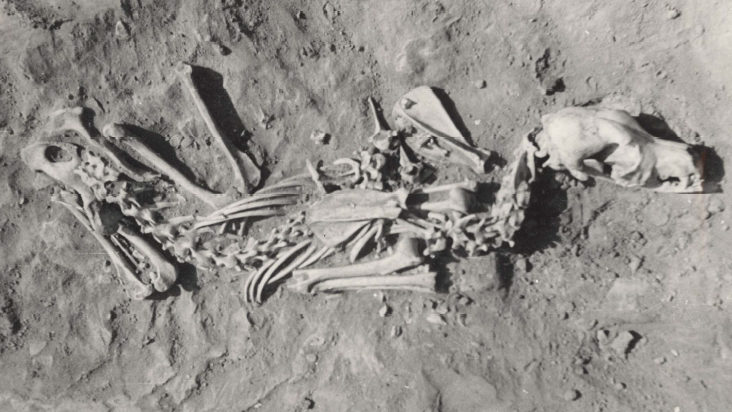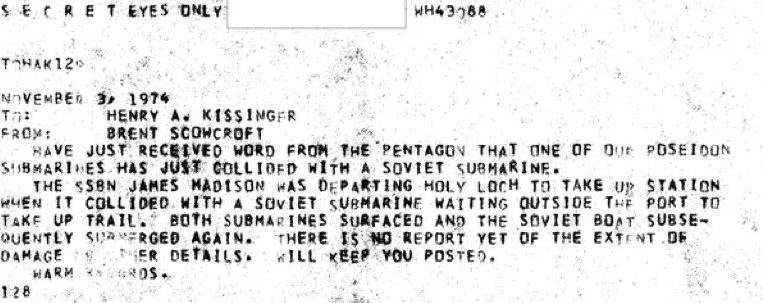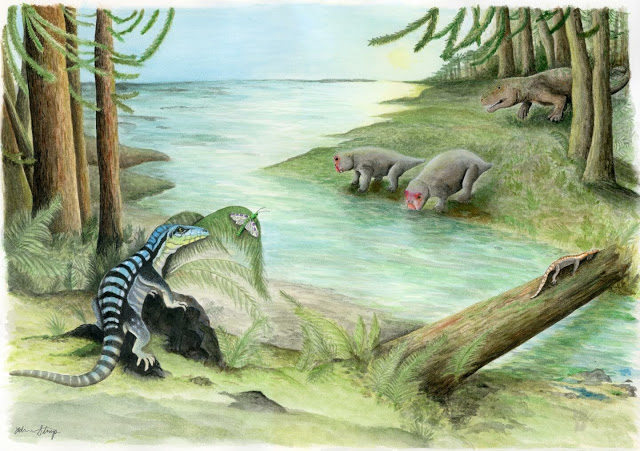OF THE
TIMES


The cloak-and-dagger figure who likely inspired the TV show Mission: Impossible also planned Robert F. Kennedy's assassination - at least according to a lengthy new book on the subject, the Washington Post reports. In A Lie Too Big to Fail, author Lisa Pease contends that Robert Maheu, an ex-FBI agent and CIA contractor, may have had Sirhan Sirhan hypnotized into firing blanks at Kennedy in June 1968 while the real killers shot the senator from behind. Maheu was indeed a shadowy figure who helped the CIA with jobs they didn't want to handle (like hiring the mob to murder Fidel Castro) and worked as Howard Hughes' right-hand man as the magnate supported CIA missions and purchased big portions of Las Vegas. But was Maheu behind Kennedy's killing?


Comment: See also: